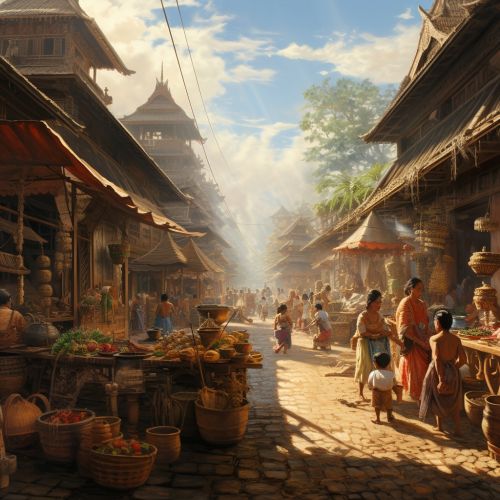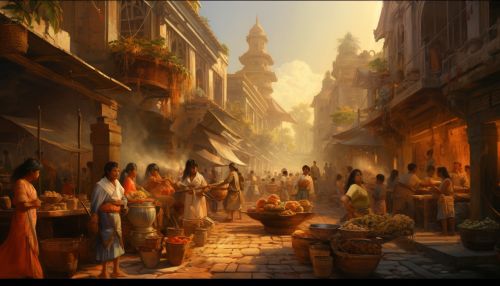Economic History of the Philippines
Pre-colonial period
The economic history of the Philippines begins with its pre-colonial period. Before the arrival of the Spanish in the 16th century, the indigenous Filipino tribes had a complex system of trade, agriculture, and gold mining. The barter system was widely used for domestic and international trade. The Philippines traded with neighboring countries such as China, India, and Indonesia, exchanging goods such as gold, beeswax, and other forest products for ceramics, silk, and iron.


Spanish colonial period
The Spanish colonial period, which lasted from 1521 to 1898, significantly altered the economic landscape of the Philippines. The Spanish introduced a feudal system, with the Encomienda system granting certain Spanish colonists a specified number of indigenous people from whom they could require labor, gold, or agricultural produce and to whom they were to provide protection and instruction in the Christian faith. This system was later replaced by the Hacienda system, a form of large-scale farming.
American colonial period
The American colonial period, from 1898 to 1946, introduced new economic policies that aimed to integrate the Philippine economy with that of the United States. The Philippine Organic Act of 1902 allowed free trade between the Philippines and the United States, leading to the increased export of Philippine products such as sugar, coconut oil, and tobacco to the U.S.
Post-independence period
After gaining independence in 1946, the Philippines faced the challenge of rebuilding its economy, which had been devastated by World War II. The government implemented a series of economic plans and policies to stimulate economic growth and development. The Central Bank of the Philippines was established in 1949 to stabilize the country's monetary system.
Martial Law period
The Martial Law period from 1972 to 1981 under President Ferdinand Marcos was marked by economic instability and high levels of debt. Despite initial economic growth due to infrastructure projects, the economy eventually suffered due to mismanagement, corruption, and the impact of the 1973 oil crisis.
Post-Martial Law period
The post-Martial Law period saw a series of economic reforms aimed at liberalizing the economy and promoting foreign investment. The Philippine Constitution of 1987 included provisions to promote social justice and human rights, and to regulate monopolies and foreign investment.
Current economy
Today, the Philippine economy is one of the emerging markets in the world. It is considered a newly industrialized country with a transition from an agriculture-based economy to one based more on services and manufacturing.
